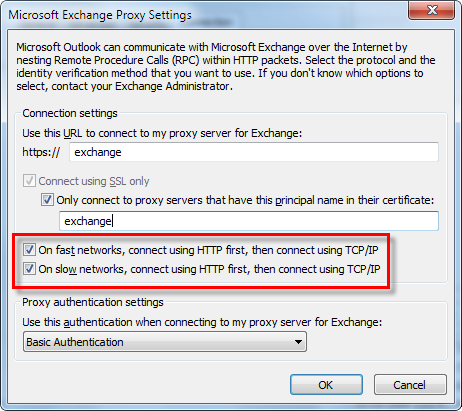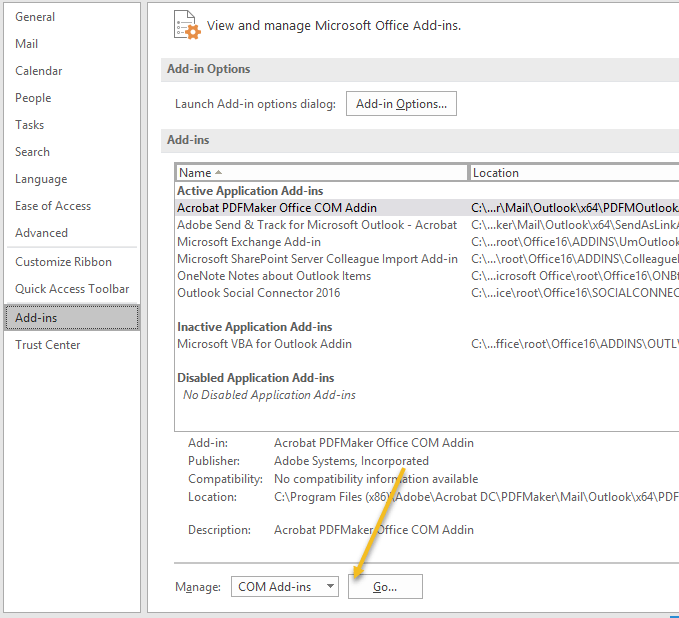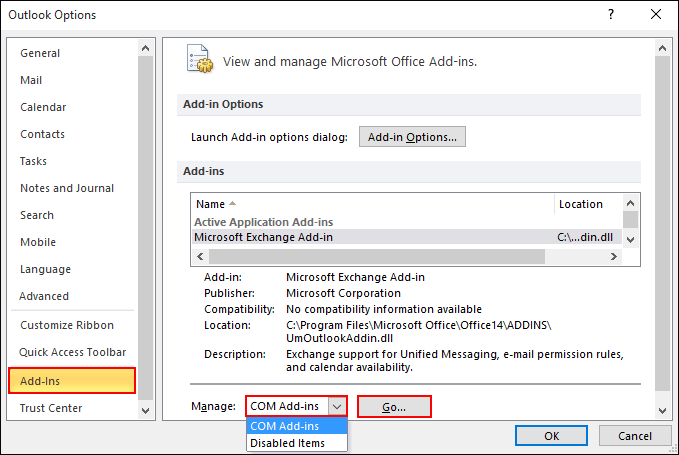

The purpose of this cookie is to check whether or not the user has given the consent to the usage of cookies under the category 'Uncategorized'. This cookie is set by GDPR Cookie Consent plugin. The purpose of this cookie is to check whether or not the user has given the consent to the usage of cookies under the category 'Preferences'. The purpose of this cookie is to check whether or not the user has given the consent to the usage of cookies under the category 'Performance'. The purpose of this cookie is to check whether or not the user has given the consent to the usage of cookies under the category 'Marketing'. The purpose of this cookie is to check whether or not the user has given their consent to the usage of cookies under the category 'Functional'. The purpose of this cookie is to check whether or not the user has given the consent to the usage of cookies under the category 'Analytics'. The purpose of this cookie is to check whether or not the user has given their consent to the usage of cookies under the category 'Advertisement'. Used by the social networking service, LinkedIn, for tracking the use of embedded services. This cookie is set by Facebook to deliver advertisement when they are on Facebook or a digital platform powered by Facebook advertising after visiting this website.

The intention is to display ads that are relevant and engaging for the individual user and thereby more valuable for publishers and third party advertisers. Marketing cookies are used to track visitors across websites. You can find more information about registry keys for Office add-ins here: You can now go ahead and distribute the value via GPO and control which users’ Outlook Client automatically loads during startup based on OU or security group membership. So only values 0, 3, 8 and 16 are actually relevant to controlling the load behavior. If you manually enable the add-in, the registry key value will be changed to 1. If you set the value to 0 and then start Outlook, you will see that the add-in will be disabled. Please note that the registry key value changes depending on whether the add-in is enabled or disabled. You can use the following values in step #8: Value (decimal) Type the value (see table below) in the Value Data box, click Decimal, and then click OK.Right-click LoadBehavior and then click Modify.Type LoadBehavior and then press ENTER.Right-click crmaddin.Addin, point to New, and then click DWORD Value or DWORD (32-bit) Value.


If you deploy Outlook and the CRM client to a terminal server farm for many different user groups, you obviously want to control the startup behavior. Or maybe you have decided to include the Outlook client in your system image that gets deployed to client machines, but you do not want the add-in to load automatically upon startup for everybody. For example, if the same workstation is used both by users who need to connect to CRM via Outlook and users who don’t. Sometimes it is necessary to change the load behavior of add-ins for Office products, such as the Dynamics CRM for Outlook client add-in.ĭepending on how you provide Dynamics CRM to your users, there may be a need to disable the Outlook Client add-in for certain users.


 0 kommentar(er)
0 kommentar(er)
